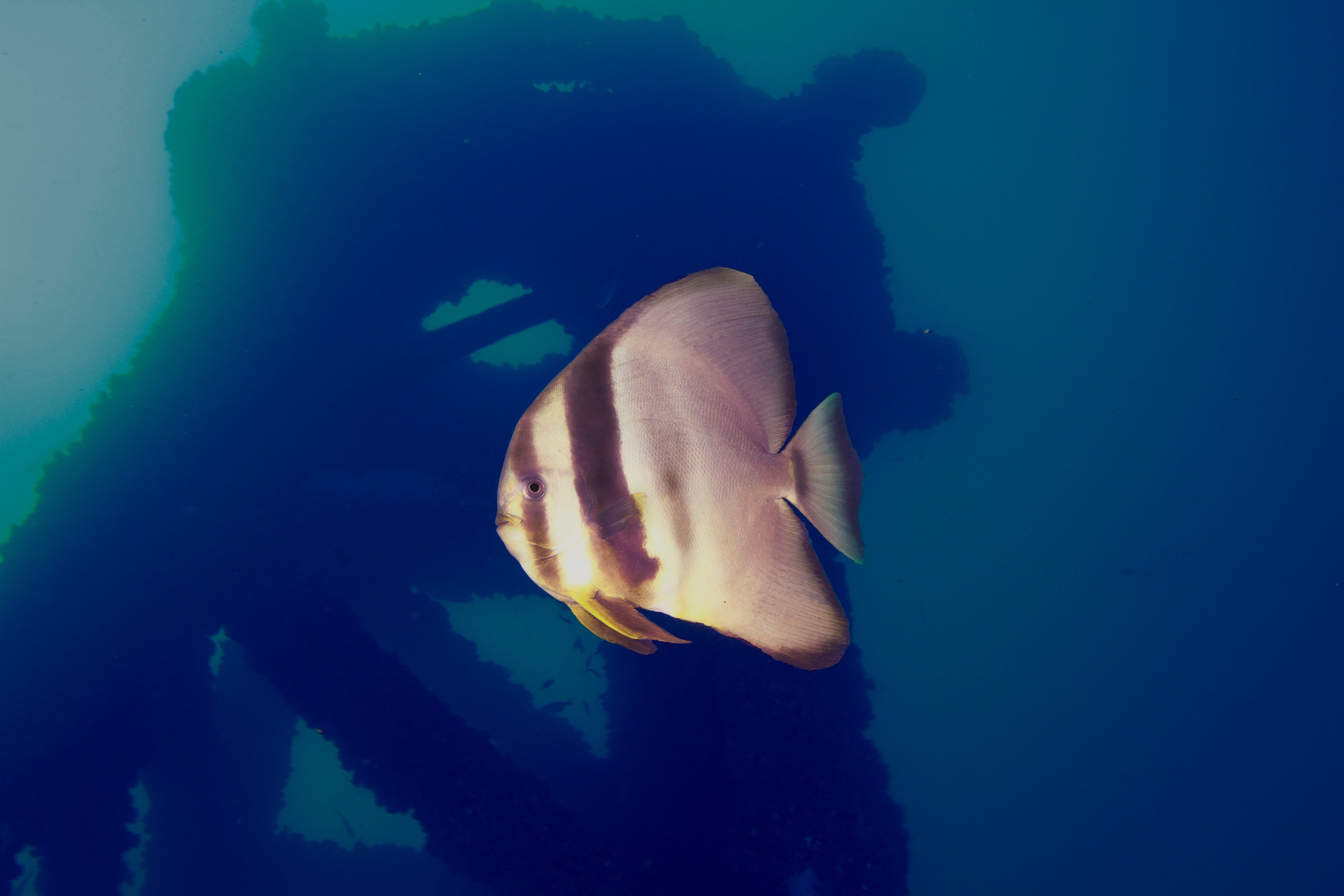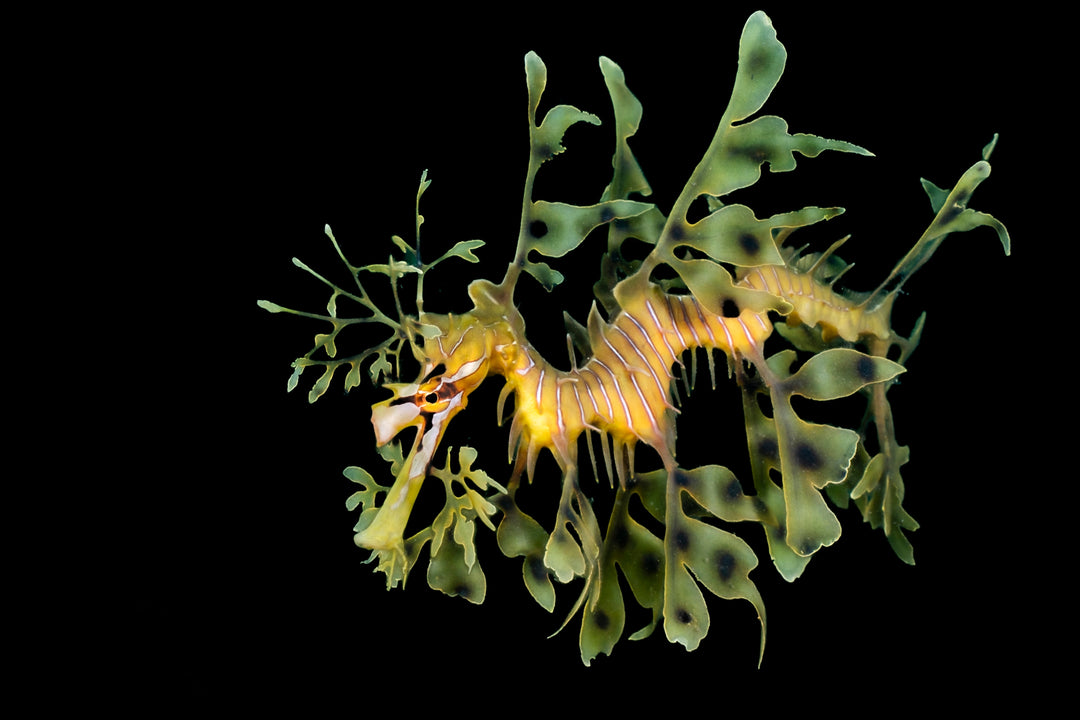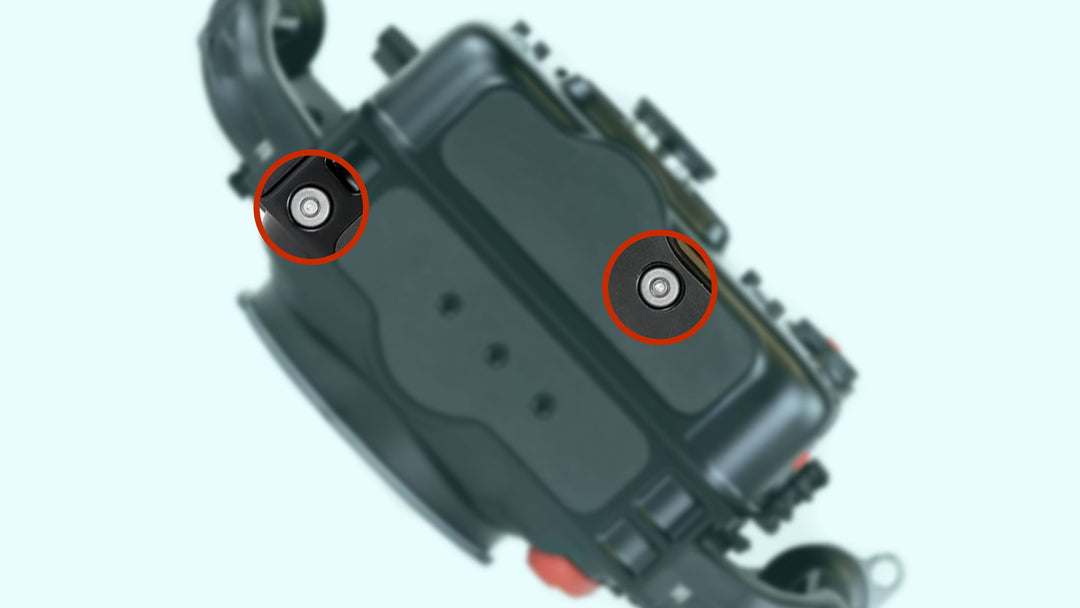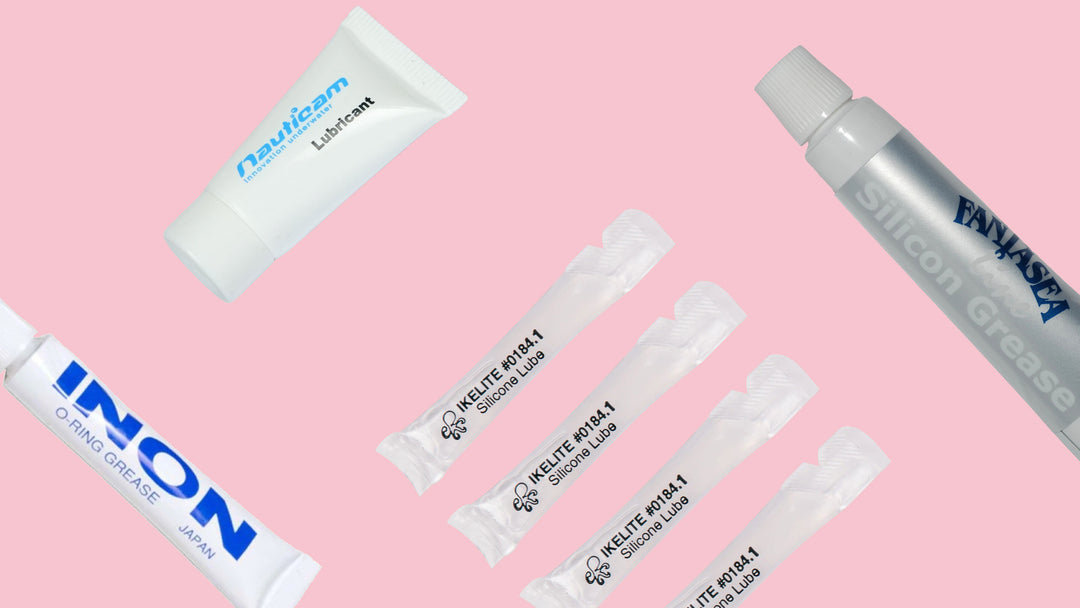Shades of Colour is an underwater photo competition which we've been running for years in Dive Pacific magazine. Enter and you might have your image published in the magazine, as well as win Sea Tech vouchers!
The New Zealand Underwater Association (NZUA) are creating a new look for Dive New Zealand magazine in the form of an interactive website which is due to be launched shortly. We will continue posting results on the Sea Tech website in the meantime.
All images are copyright the photographer and used by permission. Please contact us if you wish to use any of these images and we can put you in touch with them.
Our competition schedule can be found here. We are currently taking entries for the next comp.
From the highly skilled to the novice photographer, the magic is presented!
By Dave Moran
It is always very interesting checking out the images that are entered into this fun competition, especially looking for images that stand out from the rest. It can be difficult sometimes, which was the case this time.
Besides looking for the wow factor, framing of the image, etc, we look at how in focus or sharp the image is. We zoom in to check out how well the focus/detail hold together before falling apart.
Both winners in the Advanced and Novice categories were SHARP in focus. You could just about count the scales of Matt Dowse’s Halifax Maori Rockcod!
We would love to see more of an artistic approach when divers are framing their subject. Before taking the image, especially with subjects that are virtually not moving, take a moment to consider your options.
How does it look if I take the image at this or that angle? What effect will less lighting, faster shutter speed, a lower or higher f-stop have?
Richard Merriman’s image of a ray in the Novice category is an example of this (though in his case with a very much in-motion subject). Here Richard has succeeded in using these effects to create a very moody image.
Try it. It can be challenging and rewarding at the same time. Plus a heap of fun!
You just need a patient dive buddy!
This Issue’s Winners:Advanced Category Winner:

Matt Dowse, NSW, Australia. ‘Halifax Maori Rockcod’; Halifax beach (Fly Point Marine Reserve), Nelson Bay, NSW, Australia. Canon 7D, Sigma 17-70mm lens, Ikelite housing, 2 x DS161 Strobes – 1/100 f/16 ISO 400.
Congratulations Matt Dowse, Australia.
Matt was diving in the Fly Point Marine Reserve, Nelson Bay, NSW when he found this Halifax Maori Rockcod. Matt thinks it was drawn in closer to the camera housing as it admired its reflected image in the dome port!
Judges’ Comments
The wide-angle Sigma 17-70mm has performed very well when you consider that the fish is so close. Focal Length was just 44 mm.
The image is in sharp focus delivering beautiful skin texture details and amazing inquisitive green eyes! The dual DS161 strobes have lit the subject perfectly. We are thinking the strobes were set on TTL mode.
Well done Matt.
Matt receives a Gift Voucher for $100.00
Advanced Highly Commended:

Stephanie Galinier, Fiordland, New Zealand. ‘Milford Sound Black Coral’; Milford Sound, Fiordland, New Zealand. Sony Alpha 7R MkII, Zeiss 16-35mm Lens, Ikelite Housing, 1x Weefine Smart Focus 3000 Lumens – 1/125, f/8, ISO 3200
Congratulations Stephanie Galinier, New Zealand.
Stephanie was diving in the iconic Milford Sound on the west coast of the South Island when she snapped off this image of a black coral tree hosting a few black brittle stars. The West Coast Sounds are well known for seeing black coral trees in shallower depths than normal (25m+).
Judges’ Comments
A fairly standard image of a black coral tree.
3000 lumens of LED lighting was enough to give this image a sparkle of life. The camera setting of ISO 3200 allowed for a wider image to be taken without providing extra lighting from a strobe. Good thinking, Stephanie!
We would have preferred if you had tried to take the image from a different angle not just straight on. We often refer to these images as frying pan images, which are great for showing details of a fish or in this case a black coral tree.
Next time maybe try getting in closer to show the symbiotic relationship between the coral and the brittle stars. Or consider taking an image looking upwards to the water surface through the branches of the tree. Food for thought!
Well done, Stephanie.
Stephanie receives a Gift Voucher for NZ$75.
Novice Category Winner:

Mike Johnston, New Zealand. ‘Poor Knights – gaping scorpionfish’; Landing Bay Pinnacle, Poor Knights Islands, Northland, New Zealand. Olympus E-PL5 camera, Olympus PT-EP10 housing, 1x Sea & Sea YS-D1 strobe – 1/160 f/7.1 ISO 200
Congratulations, Mike Johnston, New Zealand.
Mike was diving the Landing Bay Pinnacle at the Poor Knights when this scorpionfish yawned at him. Mike thinks maybe its seen too many divers!
Judges’ Comments
We have seen many images of scorpionfish. They are usually an easy subject to photograph as they mainly stay in-situ, waiting for an unsuspecting fish or shrimp to swim by! Mike was fortunate to get this image, which is the last thing many fish or shrimp see!
The image is a great example of how well camouflaged these ambushers are, perfectly blending into their surrounds. Can you spot the eyes? A perfect Natural History image!
The subject is well lit with one strobe and is sharp in focus. Great to see that Mike did some image editing by: cropping, backscatter removal and image sharpening.
A good result Mike.
Mike receives a Gift Voucher for NZ$75.
Novice Highly Commended:

Richard Merriman, New Zealand. ‘Ray in the sand’; Cape Rodney-Okakari Marine Reserve (Goat Island), Auckland, New Zealand. Olympus TG-6, Backscatter M52 Wide angle air lens, 2x Backscatter MW4300 Video lights– 1/640 f/3.3 ISO 100
Congratulations Richard Merriman, New Zealand.
Goat Island marine reserve just North of Auckland delivers once again.
Richard spotted this resting ray as he was returning to the beach after enjoying a scuba dive in the reserve.
Judges’ Comments
We loved the moodiness of this image. A Stealth Bomber about to blast off!
Just a splash of light even though Richard was using two 4300 lumen video lights.
We think the faster shutter speed of 1/640 would have helped lessen any excessive lighting of the ray and its surroundings, thus delivering a moody effect.
A good effort Richard!
Richard receives a Gift Voucher for NZ$50.
Gallery
Click on an image to enlarge and see photo details
Advanced category










Novice


















![Ikelite: 5 Situations Where You Need Strobes Underwater [VIDEO]](http://www.seatech.co.nz/cdn/shop/articles/6_REASONS_COVER_STROBES.webp?v=1752200834&width=1080)



Leave a comment